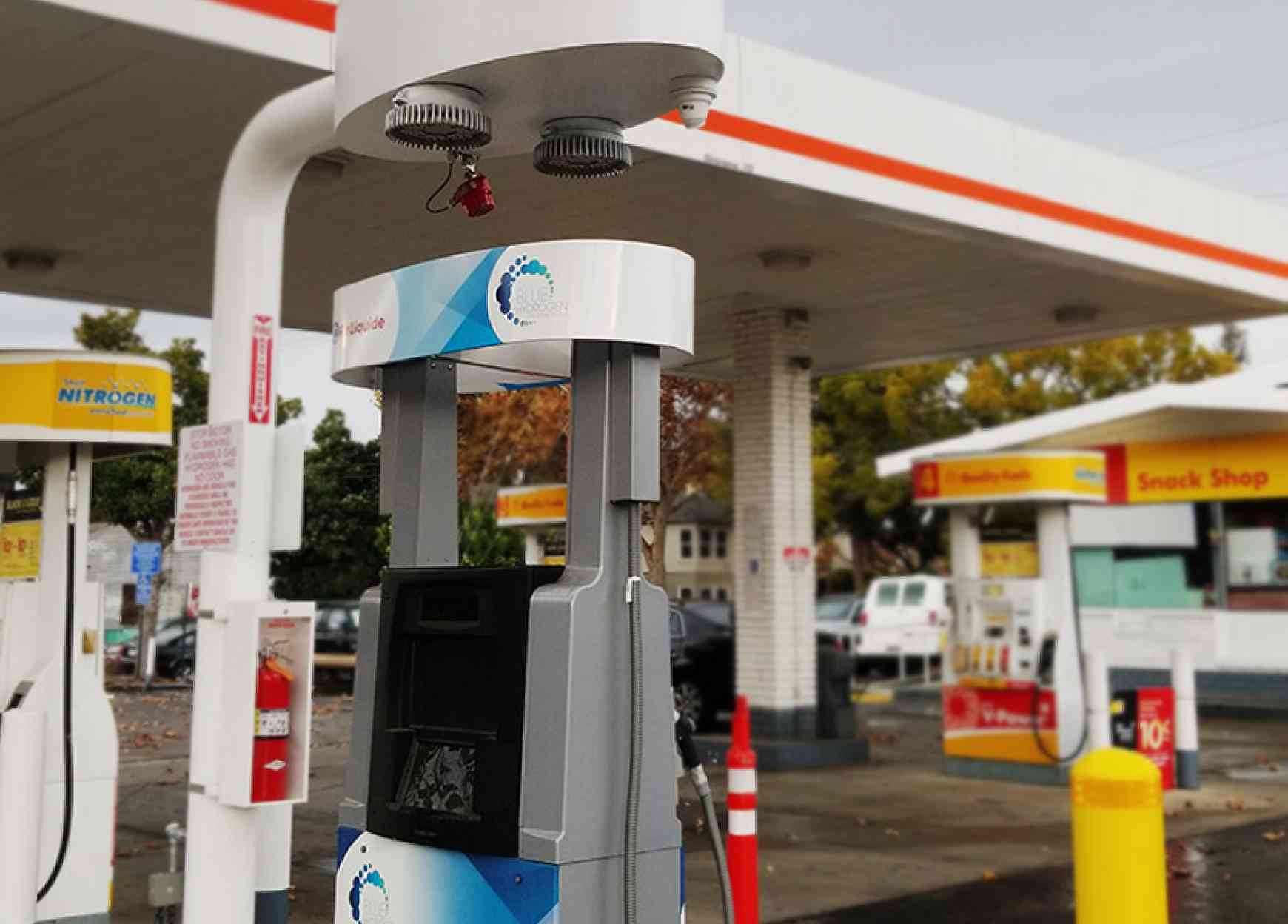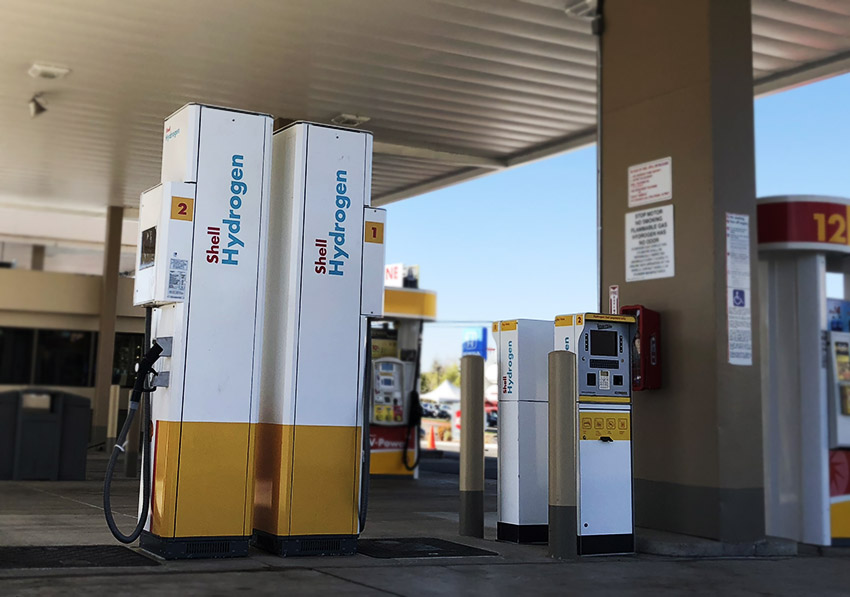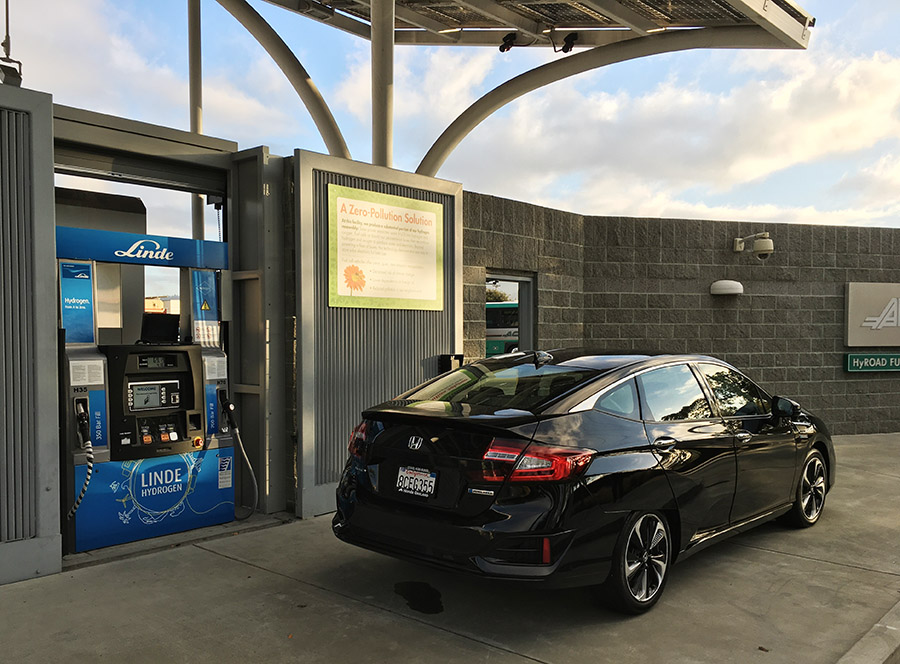2018 was a year of change and growth in the hydrogen and fuel cell world. We saw a significant increase in activity across the globe last year and we wanted to share the top stories with you.
The LAX (Los Angeles International Airport) hydrogen station is open for business! It is the 39th retail hydrogen station in California and is located in the greater West Los Angeles area.
The station, developed by Air Liquide, is located at 10400 Aviation Blvd, Los Angeles, CA 90045. The new hydrogen station is one block south of the LAX's primary entrance, Century Boulevard, two blocks from the 405 Freeway, and can be easily accessed from La Cienega Boulevard, several blocks north of the 105 Freeway.
The Palo Alto hydrogen station is open for business! It is the 38th retail hydrogen station in California and is located in Silicon Valley.
The station, developed by Air Liquide, is located at 3601 El Camino Real, Palo Alto, CA 94036

The Citrus Heights hydrogen station is open for business! It is the 37th retail hydrogen station in California and is located in the greater Sacramento area.
The station, developed by Shell, will be open 24 hours a day and is located at 6141 Greenback Lane, Citrus Heights, CA 95621.

The Emeryville hydrogen station is open for business! It is the 36th retail hydrogen station in California and is located in a key early adopter area in the San Francisco East Bay.
The station will be open 24 hours a day and is located at 1172 45th Street, Emeryville, CA 94608.

Prior to its opening as a retail hydrogen station, the Emeryville station functioned for several years as a demonstration station serving light-duty passenger cars.
On this National Hydrogen Day, we’re introducing you to a few of the people who work behind the scenes, day in and day out. They, and thousands of people like them around the world, help make fuel cell electric vehicles and hydrogen stations a reality.
The California Air Resources Board released its 2018 Annual Evaluation of Fuel Cell Electric Vehicle Deployment and Hydrogen Fuel Station Network Development that documents the growth in hydrogen stations and FCEVs over the past year. On August 30 CaFCP hosted a webinar about the report.
You can find the video recording from the webinar here and presentation PDF here.
Please note that similar questions have been combined and summarized.
If the 2030 goal is 1,000,000 FCEVs and 1,000 stations, how many vehicles to you expect each station to handle?